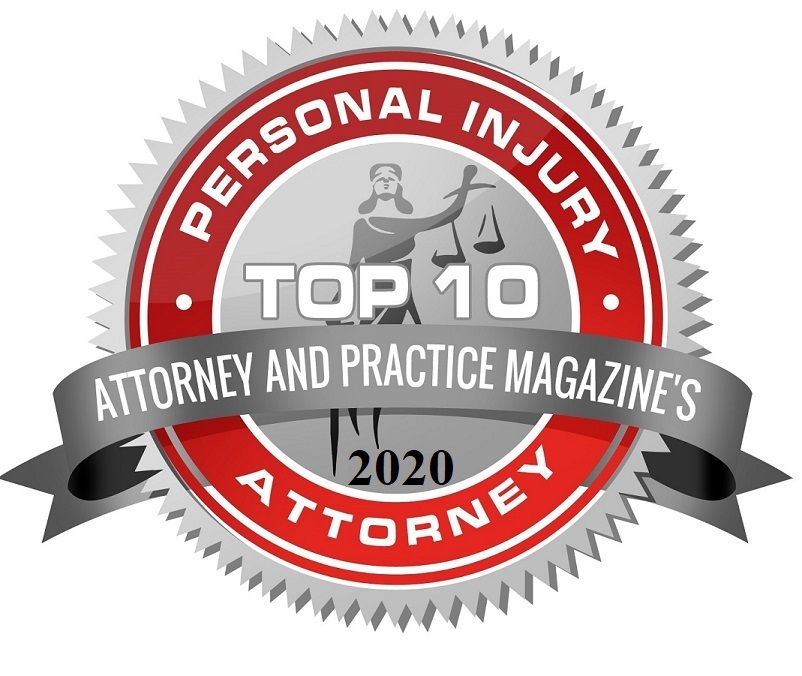When someone suffers a whiplash injury, it can lead to painful physical challenges and a need for medical care. Whiplash often occurs in car accidents, sports incidents, or even simple falls. If you are injured because of another person’s actions, you may have to make some big decisions about how to pursue compensation. Two common ways to resolve whiplash cases are through mediation and litigation. Each path offers its own benefits and challenges. Understanding the differences between these options can help you make the best choice for your case. At, Serrano Law, we are here to guide you through the legal process and help you navigate the complexities of your case.






Understanding Whiplash and Its Impact
Whiplash is an injury that affects the neck when the head suddenly jerks back and forth, causing strain or sprain to the muscles, ligaments, and nerves. This type of injury is often caused by car accidents, but it can also result from other types of incidents. Whiplash injuries can be mild or severe. Mild cases may heal with some rest and light therapy, but more serious cases can cause chronic pain and require ongoing treatment.
The effects of whiplash may include neck pain, stiffness, headaches, and dizziness. In some cases, it can also lead to problems with memory or concentration. The physical limitations from whiplash may prevent a person from working, participating in regular activities, or enjoying their daily life as they did before. Many people who experience whiplash may feel overwhelmed by the medical bills that pile up during their recovery. Because of the expenses and pain, seeking compensation can be important to help with the financial burden.
The Basics of Mediation in Whiplash Cases
Mediation is one option available for resolving disputes after a whiplash injury. In mediation, both parties work with a neutral third person known as a mediator to try to reach an agreement. The mediator does not make decisions for either side but instead helps guide the conversation to find common ground.
The mediation process usually starts with an introductory meeting. During this meeting, each side presents their version of the events and states what they hope to achieve through mediation. The mediator listens carefully to each side and helps them communicate openly and respectfully. Once the initial statements are made, the mediator works to find solutions that satisfy both parties.
One of the biggest advantages of mediation is that it is usually faster than going to court. It also allows for more privacy since the discussions and final agreements are not part of the public record. Mediation can be a less stressful option because it avoids the need to go through a courtroom process. Additionally, mediation often costs less than litigation, which can be beneficial for those who want a quicker and more affordable solution.
However, mediation has its limitations. The outcome depends on both parties’ willingness to compromise and work together. If one side refuses to negotiate or feels strongly about certain issues, mediation may not succeed. In such cases, the next option may be to pursue litigation.
The Litigation Process for Whiplash Cases
Litigation is the formal process of taking a case to court. When someone chooses litigation for a whiplash case, it means they have decided to file a lawsuit against the responsible party. In this process, each side presents evidence and arguments, and a judge or jury ultimately makes the final decision. Litigation follows a specific structure with rules and regulations that both sides must follow.
The litigation process begins with filing a complaint. The complaint outlines the reasons for the lawsuit and the damages being sought. Once the complaint is filed, both sides enter the discovery phase, which involves gathering and sharing evidence. Each party can request documents, interview witnesses, and build a case. This phase can be lengthy, especially if there are many details to investigate.
Once discovery is complete, the case may go to trial. In a trial, both sides present their evidence, call witnesses, and make arguments to support their claims. After both sides have presented their cases, a judge or jury decides the outcome. The decision made in court is legally binding, which means it must be followed unless appealed to a higher court.
While litigation can result in a fair and just outcome, it is often more time-consuming and costly than mediation. Litigation can also be more stressful due to the time it takes and the possibility of facing tough questions in court. However, litigation provides a solution when other forms of negotiation fail. In some situations, the damages awarded through litigation can be higher, especially if the injured party can prove that the other side was fully responsible for the injuries.
Comparing Mediation and Litigation: Making the Right Choice
When deciding between mediation and litigation for a whiplash case, several factors come into play. Mediation can be an excellent choice for those who want to save time, lower costs, and maintain privacy. It allows both parties to work together to reach a solution. Mediation often takes less time because it avoids the lengthy court procedures involved in a trial. This option may appeal to individuals who value privacy and want to avoid making their case public.
On the other hand, litigation may be necessary for more complex cases. If one side refuses to negotiate or if there are disagreements about who is at fault, going to court may be the only option. Litigation offers a legally binding decision, which can be helpful if both parties have strong disagreements. Additionally, litigation might be the best choice if the injuries are severe and require long-term compensation.
It is also important to think about the financial costs. Mediation generally has fewer costs than litigation, but it may not lead to a settlement if the parties cannot agree. Litigation may result in higher legal fees, but it provides a final ruling that is enforceable by law. This is especially important in cases where compensation for medical expenses, lost wages, and pain and suffering is needed to support recovery.
Choosing The Right Personal Injury Attorney Personal Injury Settlement TimelineRelated Videos
The Role of Legal Representation in Mediation and Litigation
Having a lawyer can be essential in both mediation and litigation. A lawyer helps their client understand the details of the process, prepares the necessary paperwork, and ensures that all legal rules are followed. In mediation, a lawyer can help present the client’s case in a way that is clear and persuasive. They may also assist in understanding the pros and cons of any offers made during mediation.
In litigation, a lawyer’s role becomes even more significant. Court cases involve detailed procedures that must be followed carefully. A lawyer will know how to gather evidence, file documents correctly, and present the case in court. Legal representation helps the injured party focus on recovery rather than worrying about complex legal issues. With a lawyer, the injured person can feel more confident that their rights are protected, whether the case ends in mediation or goes to court.
Deciding Between Mediation and Litigation for a Whiplash Case
Choosing between mediation and litigation in a whiplash case is not always easy. Each option has its own benefits and drawbacks, and the right choice depends on the unique circumstances of each case. If both parties are open to working together, mediation can be a more peaceful way to resolve a dispute. It allows for flexibility and can lead to a quicker resolution.
However, if there are major disagreements, litigation may be the better path. Although it can take longer and cost more, going to court ensures that a fair and final decision is made. Litigation may be especially important in cases where the damages are significant and ongoing medical care is required. Deciding which path to take should be based on the nature of the injury, the behavior of both parties, and the type of compensation needed.
Case Results
When to Seek Legal Advice
Both mediation and litigation are valid paths for resolving whiplash cases, but it is crucial to get professional guidance to make the best decision. When an injury affects your life, your ability to work, and your financial stability, you deserve to know your rights. Consulting with a law firm can give you the information you need to choose wisely. A lawyer can evaluate the case and recommend the best approach based on your goals and needs.
If you or a loved one has suffered from a whiplash injury, finding the right path to resolve your case is vital. Whether mediation or litigation is the better choice for you depends on the details of your situation. Serrano Law is here to support you. Our team will listen to your concerns, explain your options, and work to protect your rights. We are dedicated to helping you find a solution that works best for your recovery and future. Reach out to Serrano Law today to discuss your case and let us guide you through this challenging time.



